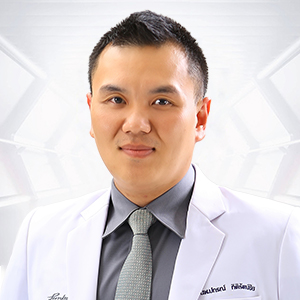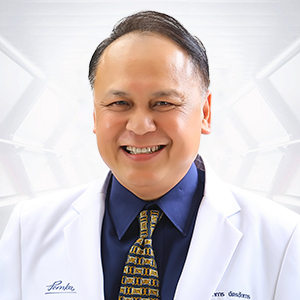Focuses on addressing common signs of aging such as wrinkles, sagging cheeks, and double chin, which are primarily caused by the natural aging process. This process includes the thinning of the skin, reduction in collagen levels in the dermis, decrease in fat layers in certain areas like the forehead, around the eyes, and cheeks, leading to a tired appearance, and in contrast, an increase in fat layers in areas like under the chin contributing to a double chin. Additionally, some bone areas are resorbed, and muscles become hypertonic and increase in size (hypertrophy), making wrinkles more apparent.
HA (Hyaluronic Acid) as a Filling Substance:
Hyaluronic Acid (HA) is a naturally occurring substance found in various parts of the body such as skin, joints, and eye fluids. It is in the form of a free-flowing liquid (Free HA) that helps hydrate the skin, making it look plump, firm, and youthful. As we age, the amount of HA decreases, leading to less radiant and firm skin. Therefore, HA fillers have been developed to be more durable and maintain their shape longer, providing a quick and effective solution for treating wrinkles and deep lines, and for facial contouring, instantly giving a youthful appearance.
Types of Filling Substances:
- Non-permanent Fillers, like HA, are naturally occurring substances in our bodies. HA gradually dissolves naturally over time without leaving any residue.
- Permanent Fillers, like Silicone, do not dissolve over time and may require surgical removal if not satisfied.
Previously, collagen was a popular filler, but it has fallen out of favor due to the need for allergy testing (with up to 30% chance of allergic reaction). Currently, HA fillers are preferred due to their low allergy rate (about 3%), versatility in application areas, and immediate, long-lasting results (6 – 24 months depending on the type of HA used and the treated area).
Indication of using HA Filling Substances :
- Fill in deep lines and wrinkles such as cheek grooves, under-eye areas, mouth corners, temples, forehead, chin, neck, and hands.
- Contour and lift the face for a younger look.
- Plump up lips.
- Correct hollow temples and sagging cheeks.
- Fill in acne scars and other skin indentations.
- Enhance skin hydration for a brighter look and minimize fine lines.
Duration of Results:
HA naturally dissolves over 6 – 24 months after injection, depending on the type of HA used and the treated area.
Allergic Reactions to HA:
Allergic reactions are rare, making pre-injection allergy testing unnecessary.
Post-Treatment Care for Filling Substances:
- If hard lumps are felt after injection, gently massage the area daily until they soften and disappear.
- If bruising occurs, apply cold compresses within the first 48 hours, then warm compresses, which should resolve within 1-2 weeks.
- Avoid makeup for 12 hours after treatment to prevent infection.
- Consult your doctor if any abnormal symptoms or questions arise.
Side Effects:
- Slight lumps under the skin at the injection site, typically resolving within 2 weeks. Patients are advised to avoid blood-thinning medications, aspirin, ginseng, and vitamin E one week before treatment to reduce bruising risks.
- Needle marks or bruising, which usually fade within 2-7 days.
Suggestion before getting HA Fillers:
- Choose a reputable, clean, and legally certified products.
- Consult with a Qualified Professional by selecting an experienced specialist dermatologist.
- Inform your doctor about any medications, creams, or supplements you are taking, as some may increase the risk of bruising.
Understand your goals
- Clearly communicate your expectations and desire with your doctor.
- Bring a photo of your desired look to help the doctor understand your goals.
Price: 19,000 baht per syringe.




































